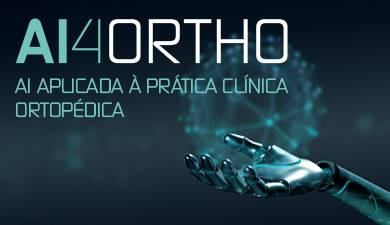Dr. Felix Bartzsch
Ginecologista/Obstetra

Dr.ª Carmen Klink
Ginecologista/Obstetra

Minimally invasive surgery in Gynaecology
Laparoscopy and Hysteroscopy
HPA Magazine 8
Laparoscopic surgical techniques and instruments have evolved considerably since the first diagnostic laparoscopy made in 1910 by the Swedish doctor Hans Christian Jacobaeus. Since the 1930s, gynaecology has worked progressively with this technique, improving it, simultaneously recognising its importance, efficiency and advantages. The first laparoscopic appendectomy was performed in 1980 by the German Gynecologist Dr Kurt Semm from Kiel, Germany.
The advantages are, as the name implies, that the minimally invasive techniques do not traumatize the adjacent tissue like they do in classic surgery, so surgeons can work with greater precision and as such, cuts and large scars are avoided, resulting in less pain, considerably decreasing hospitalisation time and decreasing patients’ recovery time. Another benefit is the lower loss of blood and lower risk of infections, which reduces the use of antibiotics.
However, there are also limitations that do not allow the use of this technique, for instance some cardiac and lung diseases or certain diagnoses, such as neoplasms and advanced diseases. During the pre-operative consultation with the specialist, the symptoms, diagnoses and personal situation are always considered, in order to recommend the best surgical method for each case.
GYNAECOLOGIC VIDEO LAPAROSCOPY
By using Laparoscopy, it is possible to have a whole overview of the abdominal cavity, specially over the pelvic organs, which in gynaecology are the uterus, ovaries and fallopian tubes. Precise diagnoses can be made and at the same time, if necessary, treatment can be carried out. The most frequent surgeries performed via video-laparoscopy are:
- Excision of ovarian cysts and tumours;
- Diagnosis of infertility with chromopertubation (without radiation);
- Diagnosis and treatment of endometriosis;
- Myomectomy (retaining the uterus);
- Diagnosis of chronic pelvic pain;
- Lysis of adhesions;
- Ectopic pregnancy;
- Hysterectomy (subtotal or total);
- Genital prolapse;
- Certain malignant diseases.
VIDEO HYSTEROSCOPY
Hysteroscopy is an endoscopic technique applied in the diagnosis of infertility, abnormal haemorrhages and in the treatment of alterations in the uterine cavity, such as malformation, polyps or uterine fibroids. The greatest advantage is the continuous visualization of the pathology during the whole procedure. In the majority of cases, it is an outpatient surgery. Procedures frequently performed by hysteroscopy are:
- Endometrial biopsy;
- Endometrial ablation;
- Excision of polyps or uterine fibroids;
- Excision of septa;
- Diagnosis of infertility.
Minimally invasive surgical techniques are essential for diagnosis and treatment in Gynaecology. Thus, patients profit from these modern procedures with a faster and less painful recovery.
1 - Laparoscopic myonectomy

2 - Normal pelvic organs

3 - Uterine fibroid at the surface 4 - Ovarian cyst at the right side

5 - Uterine cavity without alterations 6 - Uterine cavity with endometrial polyp

7 - Hysteroscopy









